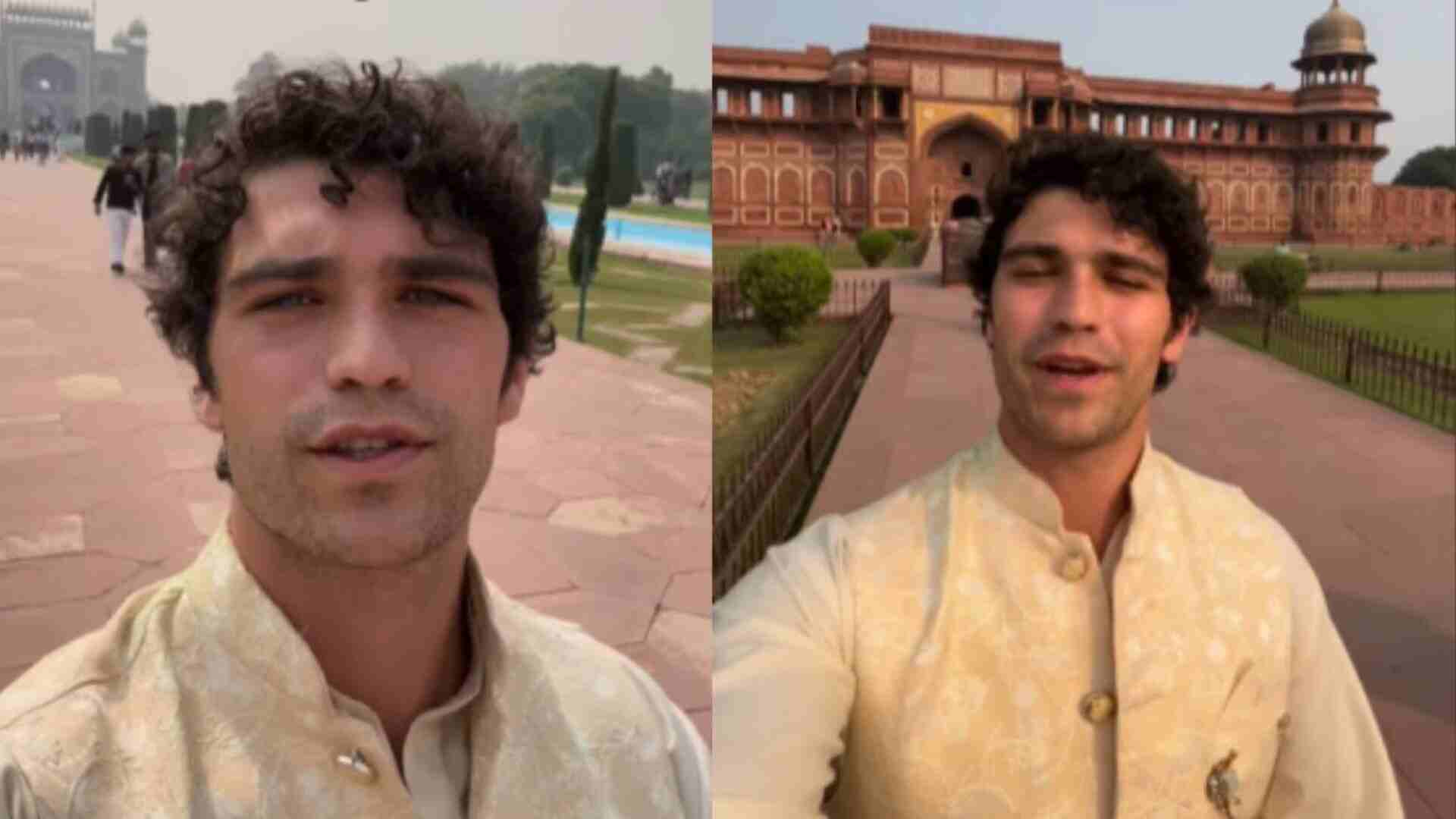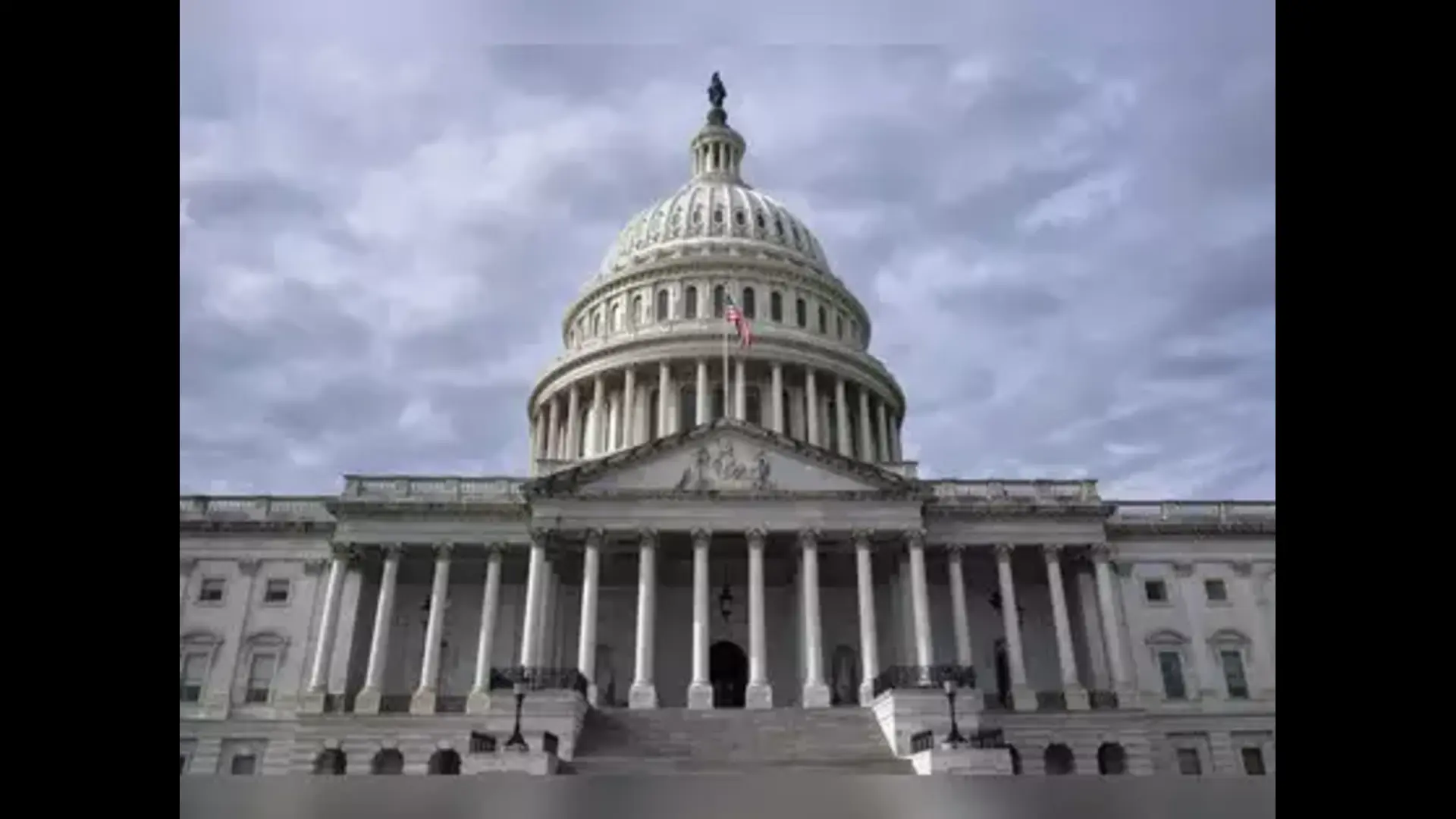
The Fashion business in India is developing step by step and it has encountered critical extension somewhat recently predominantly determined by the development of homegrown creators, some of whom have acquired global acknowledgment lately. The development of the Indian style industry is featured by the increment in the quantity of enormous design occasions (from 1 out of 2004 to 5 of every 2013). The business individuals, especially style creator, have been found grumbling about their developments being imitated and duplicated. Style industry has long being known for its inescapable nature of duplicating unique design plans and sufficient accessibility of modern programming innovation has made this act of replicating extremely simple. Style configuration, being considered as the production of one’s scholarly development and unique imagination, has heightened concern and request opportune the Intellectual Property Rights (IPRs) Protection of style plan. Against this background, the current paper makes an unobtrusive endeavor to investigate the present IPRs system securing style plans in India in an efficient way.
Directly from the paths of Delhi’s Sarojini Nagar, to the very good quality design brands like Manish Malhotra and Sabyasachi, individuals of the nation have dynamic preferences and endless interests!
India, which is viewed as the centre point of style, is fixed at around US$ 120 billion, and to shield this industry from the issue of “taking”, the law goes about as a safeguard and defends the privileges of such people by presenting upon them the option to partake in their creation for a recommended timeframe and along these lines, the job of protected innovation rights in the economy is incalculable.
The style business is an arising area on the planet with a market capitalization of in excess of 500 Billion Dollars around the world. For this area, the key factor is the advancement and the novel thought that continue coming each day. It is these advancements that keep this area watchful about their privileges, particularly their IP rights. The creation and promoting of the items take its plan of action through IP insurance. Yet frequently the insurance is by all accounts to no end because of less powerful balanced governance. The more modest and nearby area is more disregarded in securing their scholarly resources; in this way we see encroached and pilfered materials on the lookout, befuddling the customers.
The IP law faces many difficulties in this area concerning the insurance offered and its compelling authorization. IP law ensures materials through copyright, brand name, and even somewhat licenses, if the candidate can demonstrate that the development is novel and non-self-evident and comprises modern pertinence. While copyright doesn’t ensure the actual usefulness of the materials in essence, however it can secure the print design plan in case it is novel. Brand name ensures the logo of the organization yet not the entire material. Because of such convergence of IP in the style business, it becomes basic to comprehend the difficulties looked by IP in this area.
THEFT AND STYLE PLAN
Robbery might be characterized as the unapproved and illicit generation or appropriation of materials secured by copyright, patent, or brand name law which is equipped for gobbling up the entire business gradually and consistently.
Imitations:
Knockoffs are proposed to recreate the first plan almost line for line however with another originator’s name connected.
In a style concentrated nation like India, an exemplary illustration of knockoffs is that of the scandalous Sarojini Nagar Market wherein at pretty much every shop, such items are sold at a rate that couldn’t measure up to that of the fashioner. Further, in a world that is so techno-accommodating, various stores with replicable plans and at expendable costs, are accessible at simply a “single tick” of the customer.
FAKES
For Ashlee Froese, accomplice at Gilbert’s LLP “Duplicating is taking the best resource a creator has and that is imagination. That is their fundamental resource, their principle item.” Fakes are items which are sold for the sake of the brand and are so misleadingly comparable that it can’t be recognized from the first product.
The Gucci and Everlastingly 21 case is quite possibly the latest instances of falsifying, wherein Gucci had recorded an instance of brand name encroachment for duplicating their “stripes” plan in their garments.
For another situation, that is Castrol India Restricted & Ors. v. Iqbal Singh Chawla&Ors., it was seen by the Delhi High Court that the plan, shading plan, style, and bundling of the compartment was misleadingly like that of Castrol and abstained the litigants from utilizing the imprint “Dynamic”.
THE DESIGN BUSINESS AND PROTECTED INNOVATION SYSTEM IN INDIA
Insight of Protection under the Designs Act, 2000
Modern plan is the fancy or stylish part of an article and is viewed as quite possibly the main angles for the development of an item. In this way, being the most valuable strategy to ensure a style architect in the wake of always rising volumes of imitations and fakes, nonetheless, still utilized sparingly when contrasted with other accessible securities.
SECURITY UNDER THE COPYRIGHT ACT, 1957
Copyright vests in unique, abstract, sensational, melodic, and imaginative works, and when such a thought is changed over into an idea, it becomes copyrightable. Another way for security of plans is the Copyright Act, 1957 which accommodates the insurance of plans that are either enrolled or are equipped for being enlisted under the Plans Act, 2000. Notwithstanding, as we look cautiously, it is plainly noticeable that the Copyright and the Plans Act cross-over one another subsequently making a contention between the two.
Assurance under Intellectual property law is allowed to a plan just when it falls inside the importance of “imaginative works” which alludes to a composition, a figure, a drawing (counting a graph, guide, diagram, or plan), an etching, or a photo, regardless of whether any such work has a creative quality, a [work of architecture] and some other work of imaginative craftsmanship.
DIFFICULTIES CONFRONTED
The essential test that is confronted is the test of security. The making of design needs security. Each style outlet recognizes it from different labor and products through the imprint which is likewise dependent upon security. This assurance should not just mean securing the architect and the style house yet additionally the topic. A portion of the issues like how much the models might be viewed as an entertainer and might be vested with the entertainer’s right remaining parts easy to refute. The new instance of Star Athletica LLC in the US which fixates itself on the copyrightability of plan on the team promoter uniform shows the significance and profundity of IP in the style business.
Another part that surfaces as a test is requirement. The approaching of quick style depicts the dress plans that move rapidly from the catwalk to the stores to meet recent fads. In such a situation, powerful authorization has gotten tricky. The proprietor of brand name has an unmistakable thought of how far the assurance of the sign can go even in an alternate ward. The test of imagination can’t be denied when it goes under the domain of implementation. An IP system viably ensures the holder of existing rights and furthermore the social meaning of specific networks. In the style business, the patterns, revelations, and re-disclosures are conceivable because of its inborn nature of quickly developing. It’s likewise because of the total endeavours of plans, design houses, superstars and so forth This authorization must be interpreted in a viable way which regardless should not restrict the innovativeness in the business which shapes the foundation of the equivalent.
CONCLUDING NOTE
The Indian style plan industry is confronting issues of theft and based on research done, one might say that the protected innovation framework in India isn’t satisfactory and capable enough to guarantee the Indian style plan industry.
There is a need to do explicit changes in the current licensed innovation framework in India to make it more ideal to protect style plan from robbery. Above all, a particular meaning of “style configuration” ought to be remembered for the Plans Act, 2000. What’s more, this definition should help the entire appearance and generally speaking look of a particular piece of clothing or piece of clothing as against the current definition under Segment 2 (d) of the Demonstration which gets all aspects of a piece of clothing exclusively.















